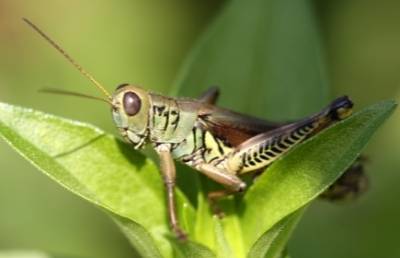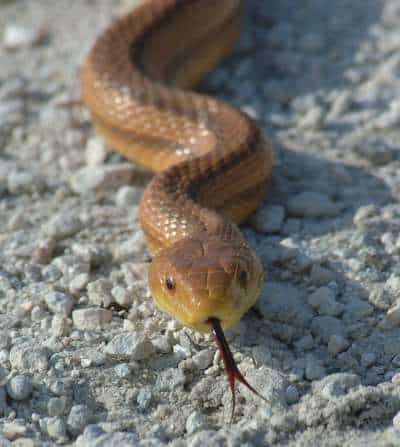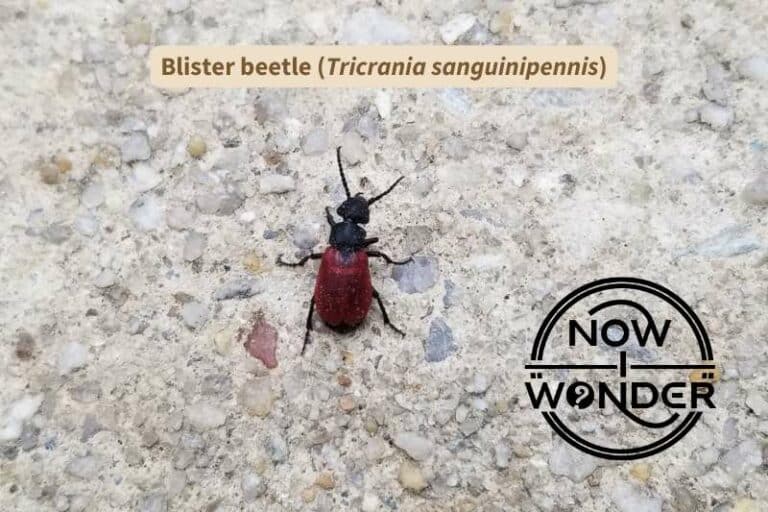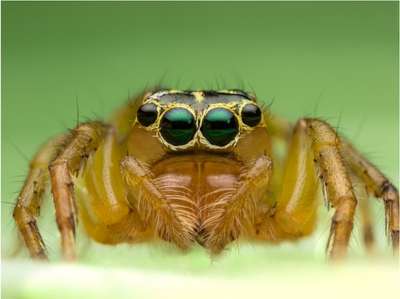Insects abound in the natural world and many of them are large enough to be easily observed but small enough to seem non-threatening. And then…. there’s the eastern Hercules beetle (Dynastes tityus).
The biggest beetle in North Carolina is the adult male eastern Hercules beetle (Dynastes tityus). Found throughout the southeastern United States, it grows to 60 mm (2.4 inches) and is commonly referred to as a “rhinoceros beetle” due to the large horns on the male’s head.
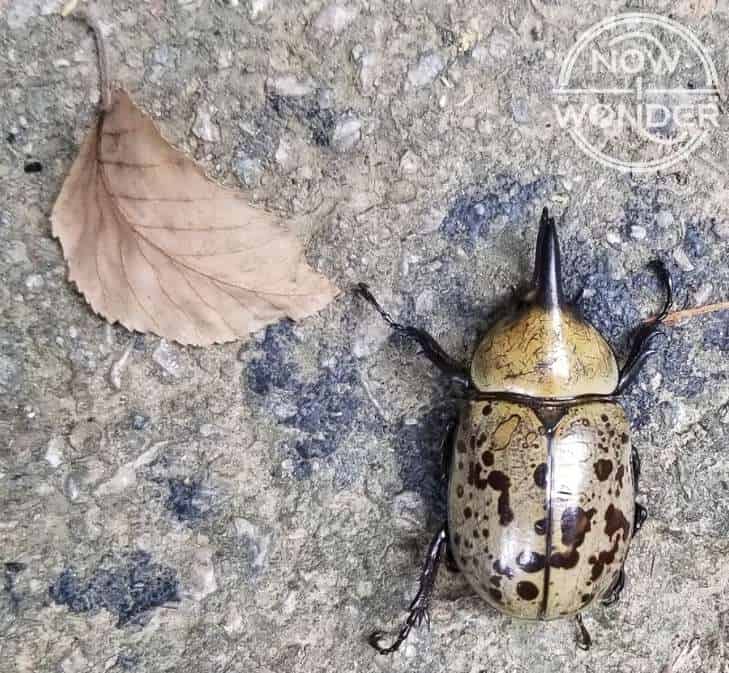
This massive insect is widely distributed across the southeastern United States but few people know it exists because hides during the day and tends to stay in deep woods. While totally harmless to humans (except for the possibility of being scratched by its spiny hind legs), suddenly encountering a beetle the size of a D battery can really give an amateur naturalist a jolt of adrenaline.
This post explores this secretive beetle as well as some common questions about how they live, how they grow so big and how they are connected to other notoriously huge insects around the world.
Is the eastern Hercules beetle the same as the Hercules beetle?
The eastern Hercules beetle (Dynastes tityus) and the Hercules beetle (Dynastes herculeus) are different species classified within Order Coleoptera, Family Scarabaeidae. Eastern Hercules beetles are found only in the American southeast while Hercules beetles are native to central and south America.
Are eastern Hercules beetles and stag beetles the same thing?
Eastern Hercules beetle horns are vertically aligned and cannot be moved independently. Stag beetle horns are horizontally aligned and can be moved in pinching or biting movement because they are the insects’ mandibles. Both are beetles classified within Order Coleoptera but in different Families.
Eastern Hercules beetles are classified within Family Scarabaeidae and is a species (Dynastes tityus) while stag beetles are in Family Lucanidae and consist of many species. Both represent some of the most massive insects in the world; their genes direct them to grow to extremely large sizes.
Male eastern Hercules beetles grow to 40 – 60mm (1.6 – 2.4 inches); females are slightly smaller. Environmental temperatures and humidity, extent of crowding, and the quality and quantity of available food during growth and development all impact the maximum size any given eastern Hercules beetle will achieve. More favorable conditions allow greater growth and result in large specimens.
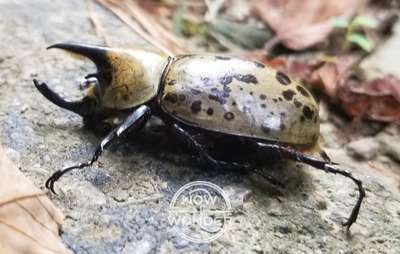
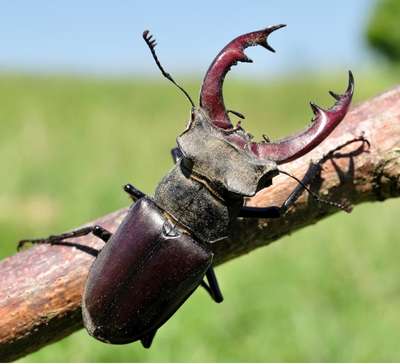
What do eastern Hercules beetles look like?
Adult eastern Hercules beetles are yellow-green or brown; juveniles are black. Males grow three horns on their thoraxes; the middle one is the largest and curves down towards a similar horn on the head that curves up. Females grow only small bumps rather than horns. Both sexes have long, spiny legs.
How do eastern Hercules beetles use their horns?
Male eastern Hercules beetles use their horns as leverage weapons against other males in dominance fights for females and food sources. They may lock horns head to head in a strength match or use their horns to flip their opponents onto their backs or pry them off their perches.
Large eastern Hercules beetles or those in good condition have the metabolic resources to devote to growing the largest horns so the horns become tangible indicators of male quality.
Most fights between eastern Hercules beetles are feats of strength rather than the kind of physical combat that puts the combatants at risk for injury. The structure and design of their horns evolved to connect in a certain way, which allows these insects to engage in long pushing contests that prove their relative strength (Miller 2013).
Usually, a battle ends after one male successfully pushes the other out of position and doesn’t involve direct risk of injury.
But the horns of these insects are still formidable weapons; they are hard and tough enough to fracture or even completely penetrate their hard exoskeletons. Males injured in this way will likely die from dehydration or by becoming easier prey for predators.
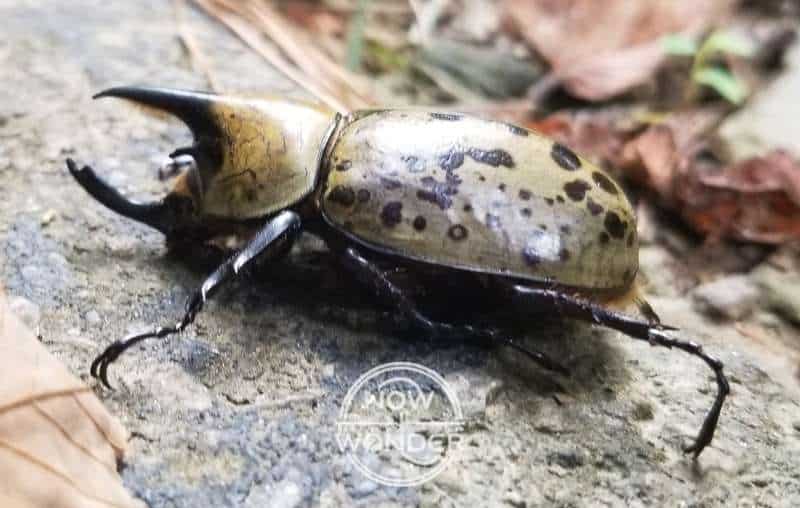
What is special about eastern Hercules beetles?
Eastern Hercules Beetles are one of the largest species of insects in the world. Additionally, the wing covers of both male and female beetles change color from deep brown to yellow-green in response to humidity and the color changes correspond to changes in the elytra’s strength.
Adult beetles are deep brown when the humidity is high or they are in a moist environment. But when the humidity drops or their habitat dries out, their wing cases – called elytra – change to yellow-green.
The response to humidity also changes the mechanical properties of the wing covers; they become more elastic and stronger as the spaces within the elytra become filled with water (i.e. when the beetle is brown rather than yellow-green) (Sun et al. 2017).
The color and physical property changes are reversible and can vary across different areas of the same insect. This can lead to a mottled effect where some patches of the wing case are yellow-green while others are brown, as seen in the images included in this post.
How do eastern Hercules beetles change color?
The elytra of eastern Hercules beetles are made of layers of chitin and protein and can absorb moisture. When the spaces in the structure of the hard wing cases fill with water, the moisture changes the way light refracts off the surface of the insects and that makes them change color to human eyes.
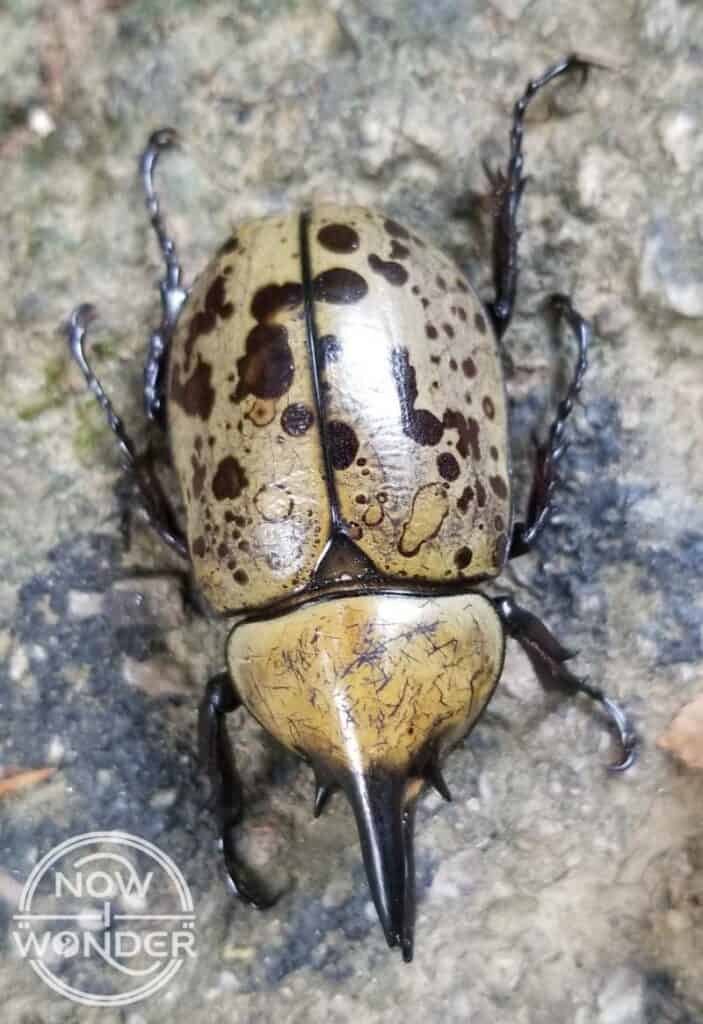
What does an eastern Hercules beetle turn into?
Eastern Hercules beetles undergo complete metamorphosis, progressing through egg, larva, pupa, and adult stages as they age. Individuals in one stage look different from individuals in another, as do males and females of the same age due to development of different characteristics depending on sex.
Eastern Hercules beetle larvae hatch from eggs the females lay in soil. Like all insect larvae, the grubs have chewing mouth parts and feed on decaying wood and litter within rotten trees.
The larvae pupate in late summer and remain underground through the winter. When the weather warms in the spring, the adults emerge but only live for about 6 – 8 months, during which time they must mate and lay eggs to ensure the cycle continues.
How to find eastern Hercules beetles
Eastern Hercules beetle grubs can be found feeding on decaying plant material, especially in dead tree trunks that they tunnel into from below. Adults are active during the warm months of the year and attracted to ultraviolet light, especially on moonless nights with high humidity.
Can eastern Hercules beetles fly?
Despite being very large and heavy, eastern Hercules beetles can fly. Like all beetles, their wings fold neatly beneath their hard wing coverings (called elytra) when not in use. They fly when they need to cover ground quickly and especially on moonless nights with high humidity.
What eats eastern Hercules beetles?
Ants and mites eat eastern Hercules beetle eggs while centipedes, ground beetles (Family Carabidae), and spiders attack grubs. Predators of both grubs and adults include common raccoons (Procyon lotor), striped skunks (Mephitis mephitis), coyotes (Canis latrans), and red foxes (Vulpes vulpes).
How are eastern Hercules beetles classified?
| Phylum | Arthropoda |
| Class | Insecta |
| Order | Coleoptera |
| Family | Scarabaeidae |
| Genus | Dynastes |
| Species | D. tityus |
| Binomial Name | Dynastes tityus |
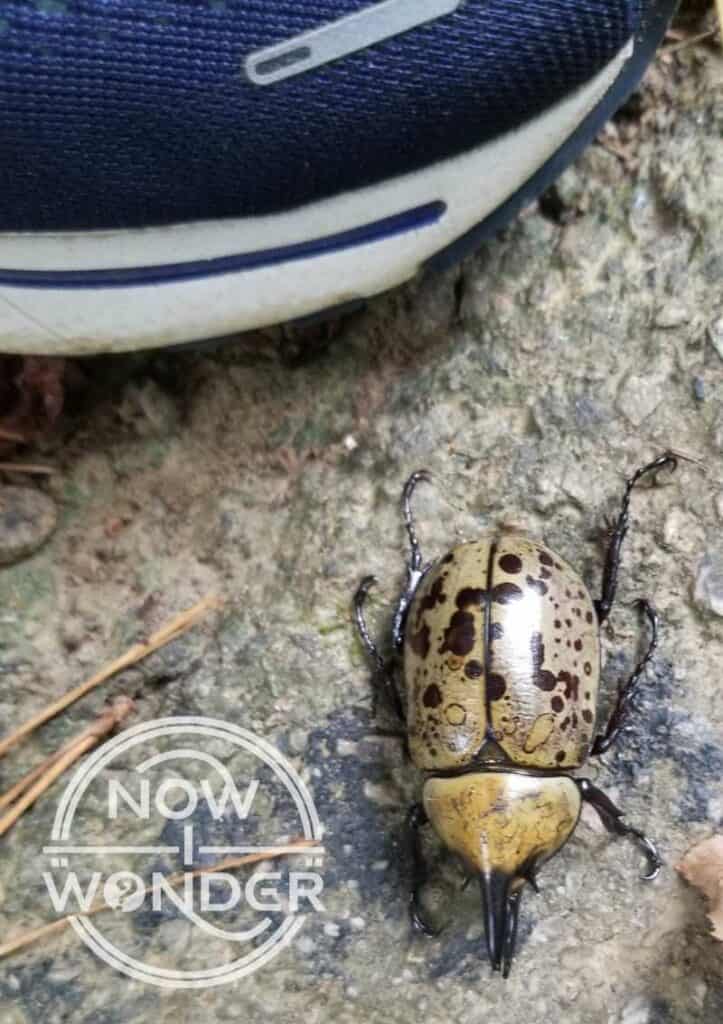
Eastern Hercules beetles are fascinating wonders of nature and, unlike many, many other creatures with whom we share our world, are totally harmless to humans.
Despite their gigantic size, most people have never seen one in the wild and some don’t even know they exist. But once you stumble across one of these behemoths on a casual morning walk, you will never forget that these impressive and intimidating insects are out there.
Related Now I Wonder Posts
For information about other beetles in order Coleoptera (albeit much smaller than eastern Hercules beetles), check out these other Now I Wonder posts:
- What makes ladybugs and Japanese beetles different?
- What eats Japanese beetles?
- June Bugs vs. Japanese Beetles: What’s the difference?
For information about insects in general, check out these other Now I Wonder posts:
- Do insects ever eat spiders? Part 1: Attacks from the air
- Do insects ever eat spiders? Part 2: Attacks from the ground
- Do insects have blood?
Bibliography
Miller, Christine W. “Sexual Selection: Male-Male Competition.” In The Princeton Guide to Evolution, edited by Jonathan B. Losos. Princeton University Press, 2013.
[MSU] Mississippi State University Extension. [2015]. Eastern Hercules Beetle, No 1 [Internet]. (MS): Mississippi State University Extension; [cited 2022 16 July]. Available from: http://extension.msstate.edu/newsletters/bug%E2%80%99s-eye-view/2015/eastern-hercules-beetle-no-1
Sun J, Wu W, Liu C, Tong J. 2017. Investigating the nanomechanical properties and reversible color change properties of the beetle. Available from: DOI:10.1007/s10853-017-0895-y
[UKY] University of Kentucky Entomology. [Date unknown]. Hercules Beetles [Internet]. (KY): University of Kentucky College of Agriculture Cooperative Extension Service; [cited 2022 July 16]. Available from: https://www.uky.edu/Ag/CritterFiles/casefile/insects/beetles/hercules/hercules.htm


